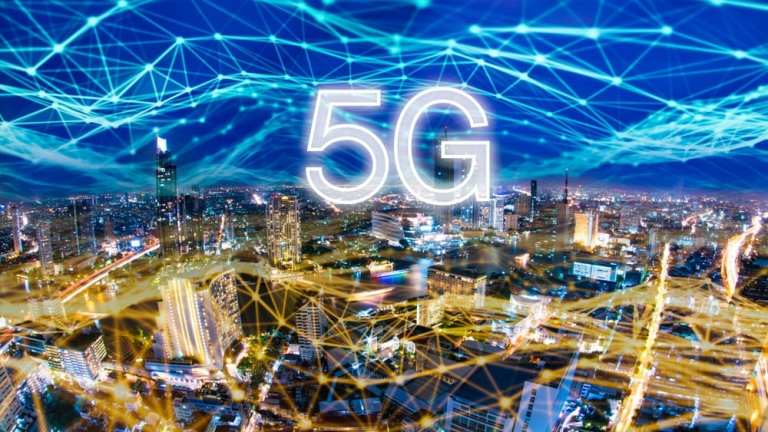Barclays: 5G Could Mean $20B A Year For Economy

The rollout of 5G technology could be a boon to the U.K. economy if a new forecast by Barclays proves true.
According to the U.K. bank, speedy internet boosted by 5G could add £15.7 billion ($20.7 billion) annually to the economy starting in 2025, as reported by CNBC. In a research report titled “5G: A transformative technology,” Sean Duffy, head of technology, media and telecoms at Barclays, laid out the impact 5G will have on the U.K. economy. The potential benefit from 5G may be lost, he warned, because most business heads are in the dark as to when the technology will make its debut.
In an ideal situation, 5G rollout would be accelerated and businesses and consumers would quickly embrace it, which would enable the $20.7 billion annual lift in revenue. With the current state of development, the U.K. economy would see a £13 billion per year increase kick off in 2025. If the rollout ends up being slower than anticipated, the economic increase will drop to £8.3 billion per year, predicted Duffy in the report.
Barclays said that based on its research, close to 40 percent of U.K. business leaders aren’t up to speed on 5G, with many not even sure what it is. The bank found that only 15 percent of businesses have given the technology some thought, and concluded that most businesses aren’t ready to “successfully join the 5G revolution.” If the government vows to invest £1 billion in digital infrastructure and to include 5G in its strategy, the double-digit revenue addition can be possible, noted Duffy.
According to the Barclays executive, the rollout of extremely speedy internet will enable businesses to provide service 20 times faster than with 4G. It also means operations and infrastructure can be streamlined.
“5G has the capacity to boost the U.K. economy, keep Britain globally competitive and directly add revenue to businesses, but only if firms act quickly,” wrote Duffy. “5G will enable new and existing technologies such as the Internet of Things, Big Data, connected and autonomous vehicles, smart cities and homes and augmented and virtual reality to reach their full potential.”